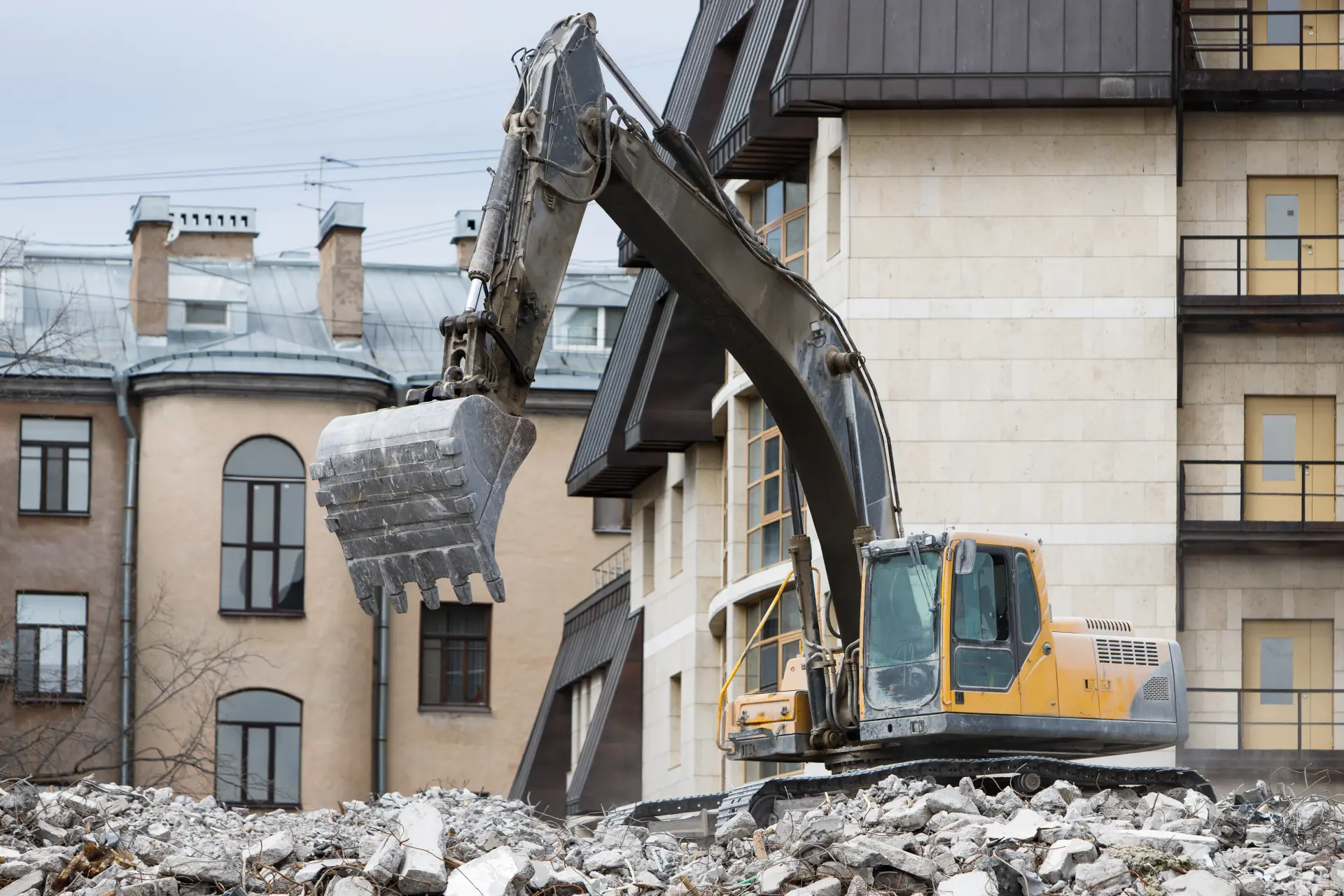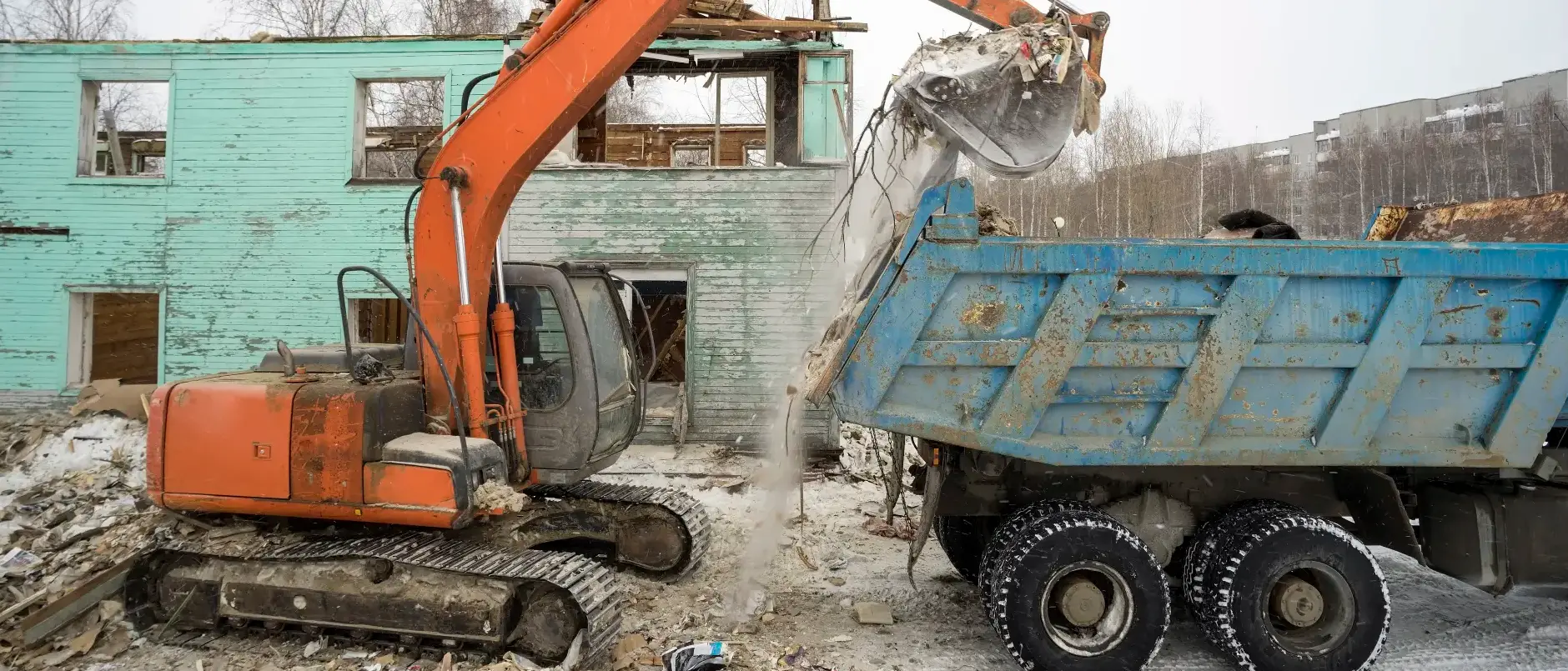Discover what to expect during a demolition rip-out project with our expert insights. Learn how proper planning and safety measures ensure smooth, efficient demolitions.
Understanding the Purpose of a Rip-out
A rip-out is the first major stage in most demolition or refurbishment projects, and its purpose goes far beyond simply tearing things down. It is a controlled and organised process designed to prepare a building for the next phase of work.
By stripping out walls, ceilings, floors, kitchens, bathrooms and other interior structures, contractors create a blank canvas that exposes the framework of the property, making it easier to spot any repairs or adjustments needed before rebuilding begins.
This stage is also vital for safety, as it allows for the removal of hazardous or outdated materials such as asbestos or lead, while ensuring that electrical wiring, plumbing and gas lines are made secure in line with health and safety standards.
In addition to preparation and safety, a rip-out helps improve efficiency across the project by providing a clear and open space where workers can move freely, equipment can be installed without restriction, and new installations can be planned with accuracy, reducing delays and unexpected costs.
Initial Site Assessment and Planning
Before any demolition rip-out begins, an initial site assessment and planning stage takes place. This is an important step that makes sure the demolition project is done safely, legally and as thoroughly as possible. During the assessment, contractors inspect the building to understand its structure, materials and overall condition.
They look closely at details such as the type of walls, floors and ceilings, as well as any existing utilities like plumbing, electrical systems and gas lines. This helps them identify what needs to be removed, what must be protected, and any risks that could arise during the rip-out.

Planning follows the assessment and sets out a clear approach to the work. Contractors create a step-by-step plan that outlines how the site will be prepared, which areas will be worked on first, and the order of tasks to be completed. They also consider waste management, making sure materials are disposed of or recycled in line with regulations.
Health and safety checks are included too, the right equipment, protective gear and safety procedures are in place before work begins. By carrying out a detailed assessment and thorough planning, the project is better organised, risks are reduced, and the rip-out can move forward smoothly without unnecessary delays.
Step-by-Step Rip-out Process
The rip-out process is carried out in an incredibly structured order to make sure your demolition tasks run smoothly and safely. It usually begins with securing the chosen site, which involves putting safety barriers in place, shutting off utilities such as gas, water and electricity, and checking that protective measures are ready.
Once the site is safe, contractors start by removing loose items like furniture, carpets and fittings, before moving on to built-in features such as kitchen units, bathroom fixtures and internal doors.
The next stage involves stripping out larger elements like ceilings, plaster, floor coverings and non-load-bearing walls, carefully working through the building to expose the underlying structure. During this process, materials are sorted and separated so that waste can be managed responsibly, with recyclable items kept apart from general waste.
Lastly, once the main structures and fittings are removed, the space is cleaned and inspected, leaving a clear, safe and prepared site ready for the next phase of renovation or construction.
Timeframes and Project Duration
The length of a demolition rip-out project all comes down to the size of the property you wish to demolish, the scope of work and the complexity of the job. A small residential rip-out may take only a few days, while larger buildings or projects with structural challenges can take several weeks.
Factors, including the number of rooms being stripped, hazardous materials, and how easy it is to access the site, will all impact how long your work will take. You may also run into a few unexpected issues during the rip-out, for example, hidden damage or outdated wiring. These can also extend the timeframe, so flexibility is incredibly important.

Good planning and clear communication with contractors help to keep the project on schedule. At the start, a realistic timeline is set out, showing the order of tasks and estimated completion dates.
Frequent updates are provided throughout the work to make sure progress stays on track and any delays are managed quickly. While every project is different, most rip-outs are carefully scheduled to balance speed with safety, ensuring the space is properly prepared for the next stage of renovation or construction.
Final Site Clean-Up and Inspection
Once the rip-out stage is complete, the site must be cleaned and inspected before moving on to the next phase of work. The clean-up involves removing all leftover debris, dust and waste materials to ensure the space is tidy and safe.
Contractors often separate recyclable items from general waste during this stage, making sure disposal is handled in line with local regulations. A thorough clean also makes it easier for the next team of workers to move in and start construction or renovation without delays.
After cleaning, professionals will carry out detailed inspections to check that everything has been removed as planned and that the building is ready for the next stage. This allows you to make sure that no hidden hazards exist in the space, especially any exposed wires or unstable surfaces.
It also involves making sure that the structure is completely sound. The inspection offers additional peace of mind that the rip-out has been completed correctly and safely.
At Welcroft Lee Logistics, we're here to provide our customers with demolition projects and guidance on how to carry these tasks out safely and thoroughly. Give our team a call today, and we'll do all we can to help you and assist your next project.





